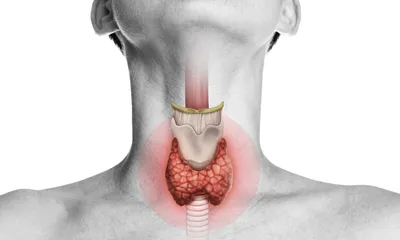Thrombocytopenia
-
Description
-
Signs & Symptoms
-
Anatomy
-
Cause
-
Diagnosis
What is Thrombocytopenia?
Thrombocytopenia is a blood disorder putting people at risk of excessive bleeding as a result of low blood platelet counts. Blood clotting is dependent on a sufficient number of platelets being in the blood, and wounds will only stop bleeding if clotting occurs. Clotting is part of the healing and skin regeneration process. When the platelet count is low blood cells are unable to stick together, and blood doesn’t clot properly because of this.
The threshold for a normal platelet count is between 150k to 450k of them in one milliliter of blood. Any number below that is the criteria for a person having thrombocytopenia.
What Causes Thrombocytopenia?
Thrombocytopenia is primarily caused by related medical conditions or medication use. In rarer instances, it may be familial, meaning that a person is predisposed to having low platelet counts after inheriting that tendency from a parent. Medical conditions like leukemia and other cancers, anemias, viral infections like HIV or Hepatitis C, or alcoholism may also be behind what causes thrombocytopenia. Low platelet counts may also stem from exposure to toxic pesticides or arsenic.
Autoimmune diseases like rheumatoid arthritis or lupus, and pregnancy for women are possible causes too, as is pulmonary hypertension as it can also cause platelet counts to go down considerably. Medication use with Heparin, Alemtuzumab, Nivolumab, Fludarabine, Temozolomide, Pembrolizumab, Ibrutinib, Venetoclax, Losartan, and Doxycycline can promote thrombocytopenia.
Thrombocytopenia Symptoms
Thrombocytopenia symptoms will include excessive wound bleeding, pronounced skin bruising and blotching, red and flat spots on the skin, and body fatigue. A person with thrombocytopenia may also have an enlarged spleen.
Thrombocytopenia Treatment
Treatment is often not needed for people with mild thrombocytopenia. The most conventional approach when treatment is needed for thrombocytopenia is to have the patient on platelet-inducing medications like Promacta or Cyklokapron. Other possibilities for thrombocytopenia treatment are platelet transfusions, or a plasma exchange procedure. With cases of severe and advanced thrombocytopenia it may be necessary for the person to have spleen removal surgery if they are especially at risk of internal hemorrhaging, stroke, or heart attack because of abnormal blood clotting.
Signs & Symptoms
- Excessive wound bleeding
- Pronounced skin bruising and blotching
- Red and flat spots on the skin
- Body fatigue
- Enlarged spleen
Anatomy
- Blood platelets
- Spleen
- Blood vessels
Cause
- Leukemia and other cancers
- Anemias
- Viral infections (e.g., HIV, Hepatitis C)
- Alcoholism
- Exposure to toxic pesticides or arsenic
- Autoimmune diseases (e.g., rheumatoid arthritis, lupus)
- Pregnancy
- Pulmonary hypertension
- Medication use (e.g., Heparin, Alemtuzumab, Doxycycline)
Diagnosis
- Complete blood count (CBC)
- Bone marrow biopsy
- Peripheral blood smear
- Ultrasound of spleen



